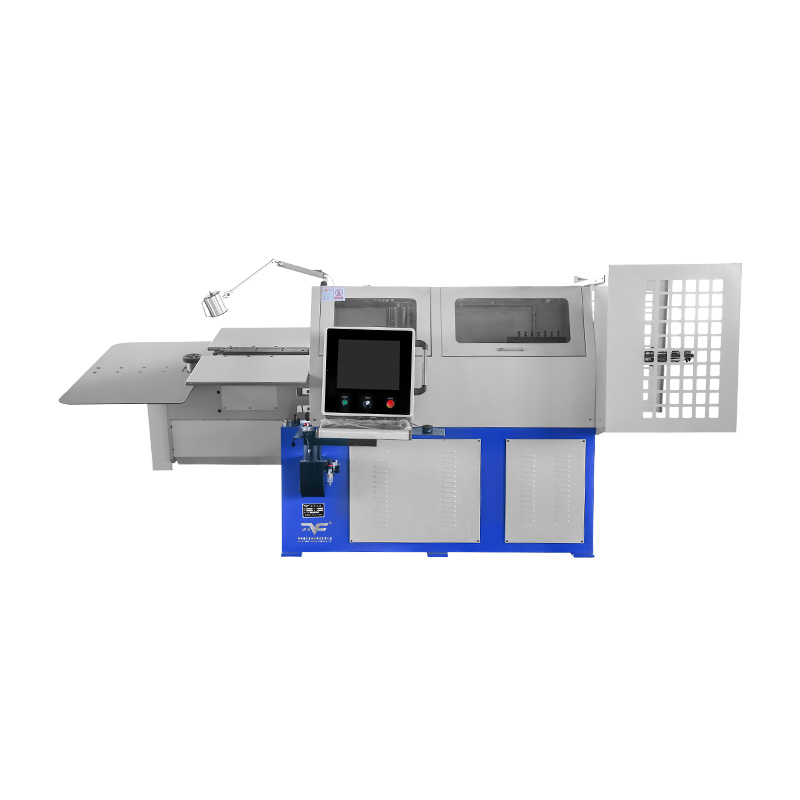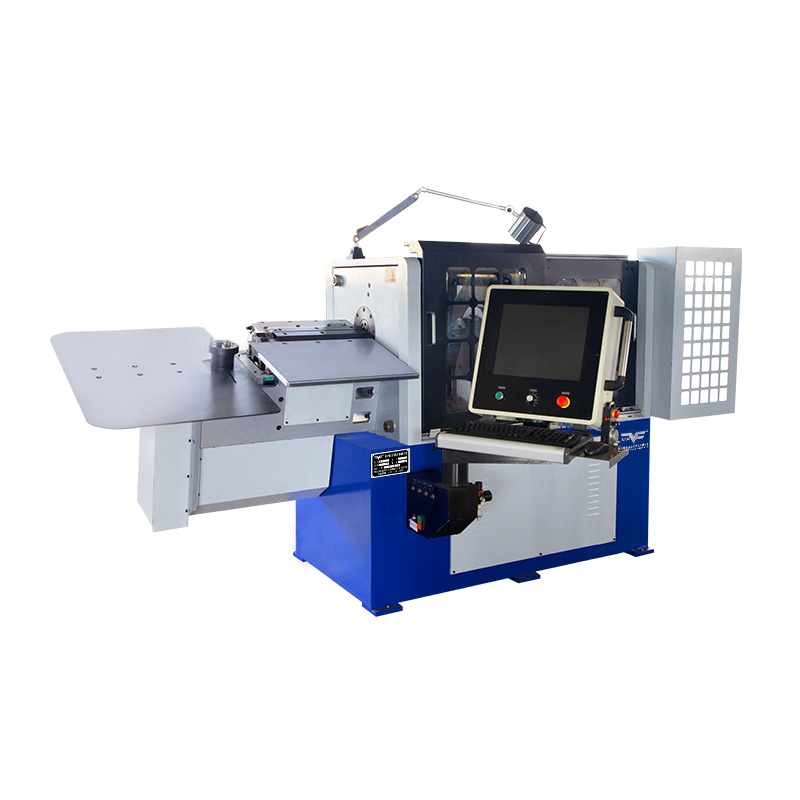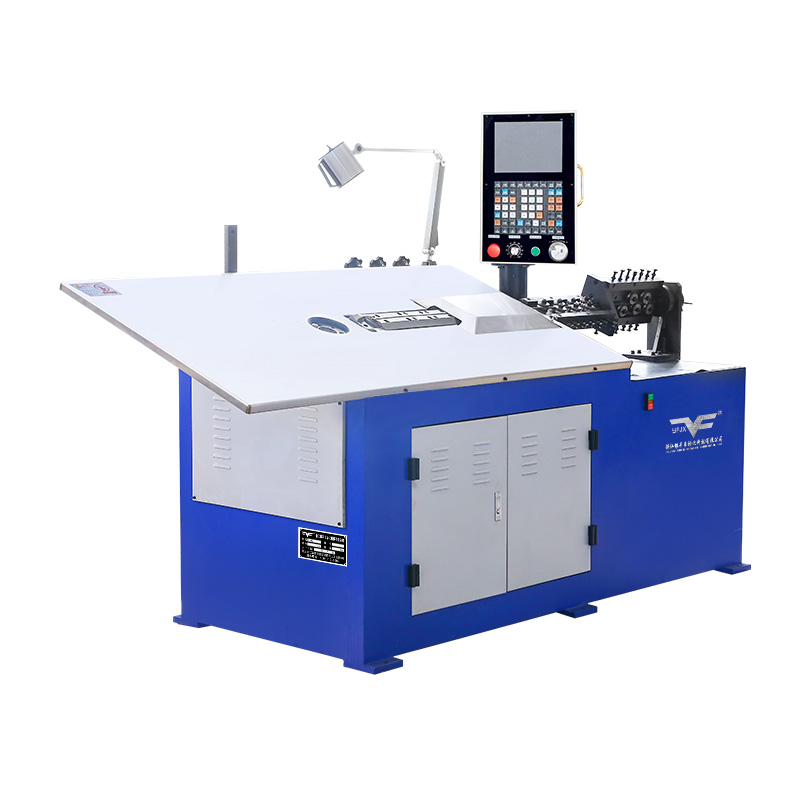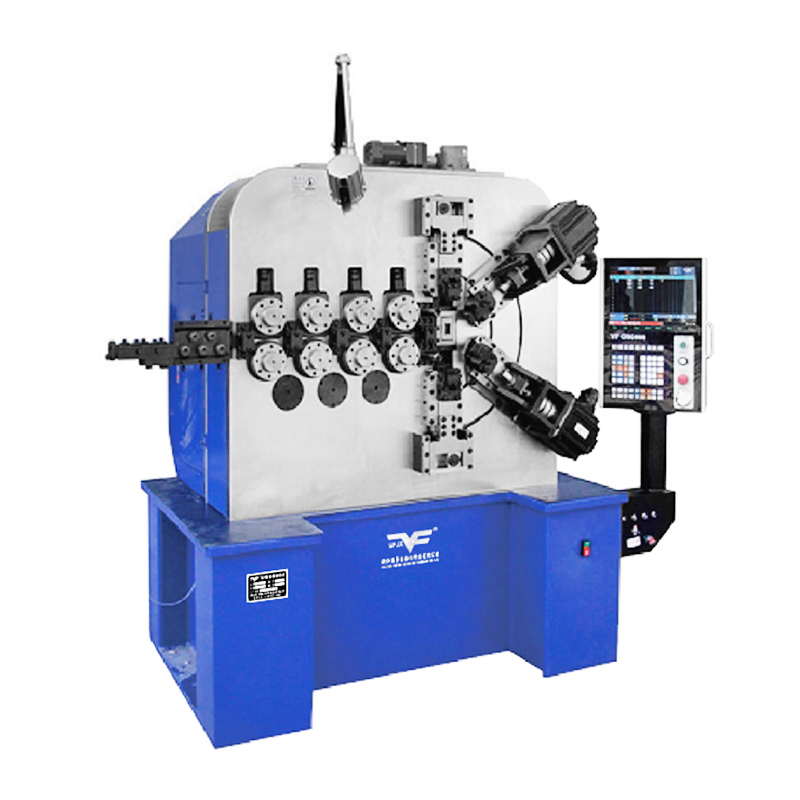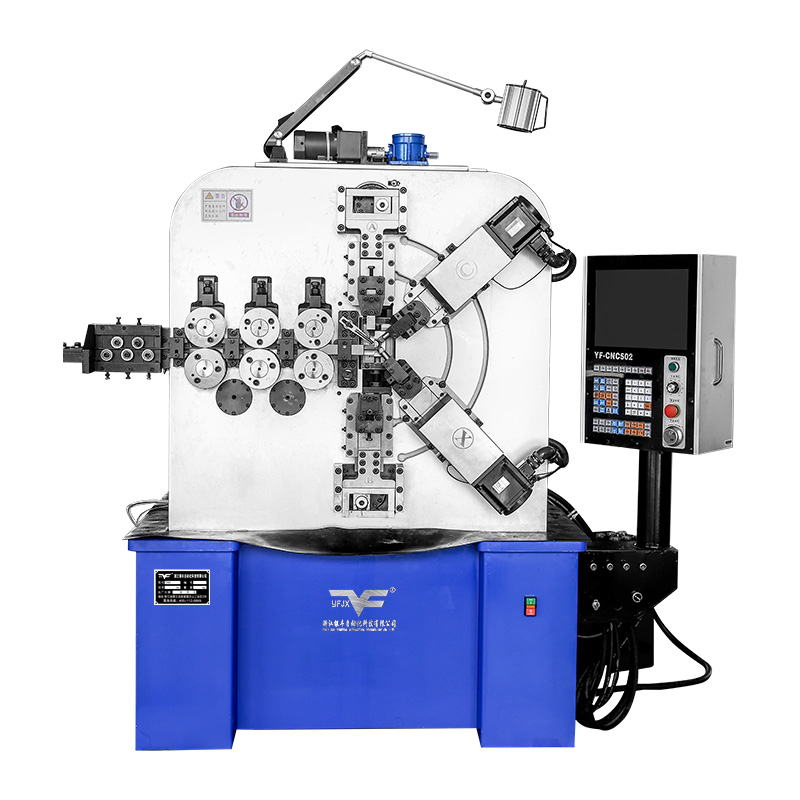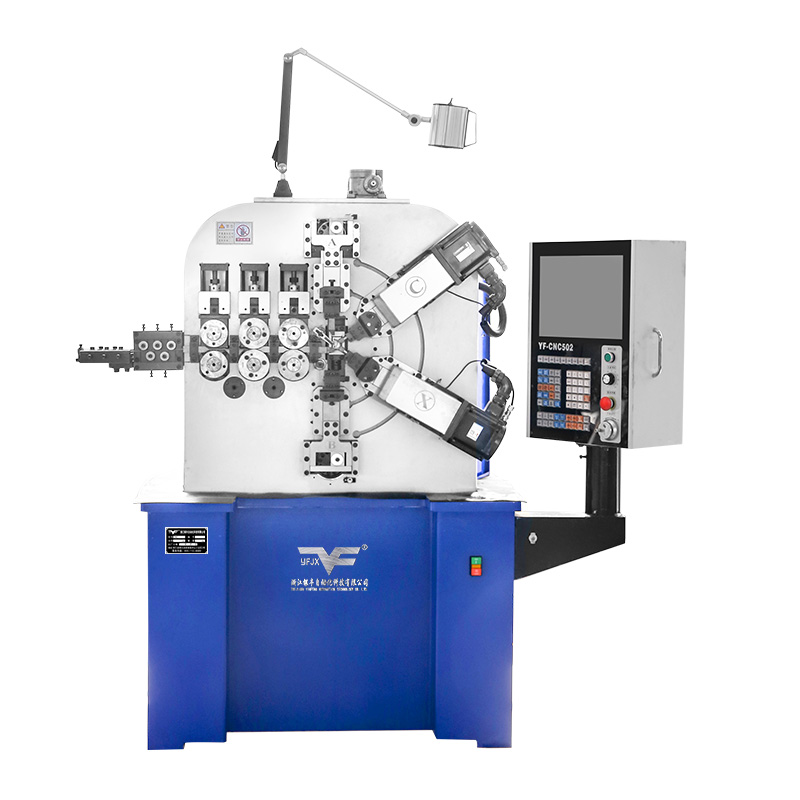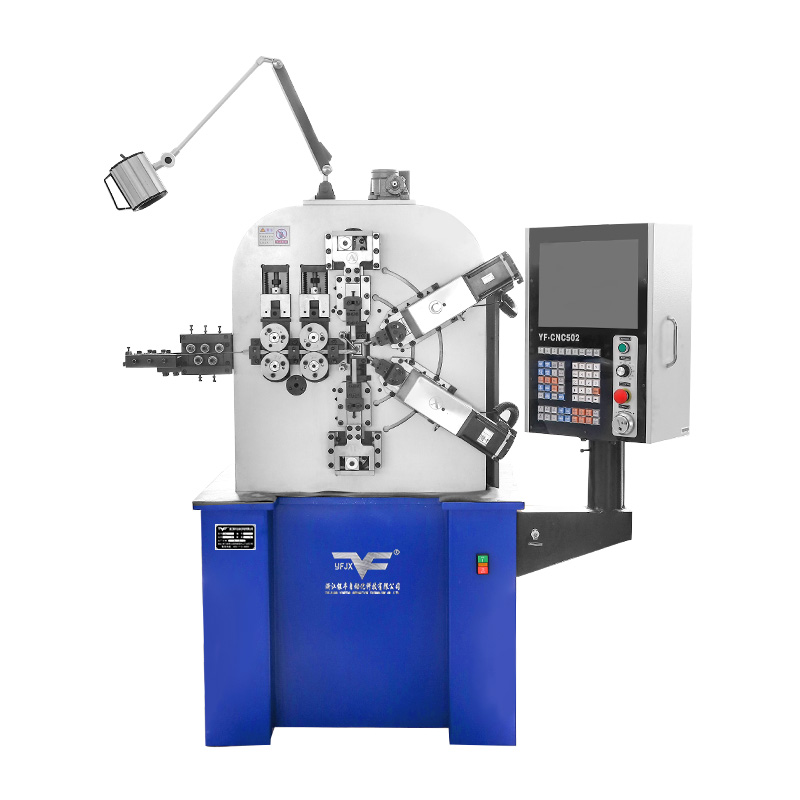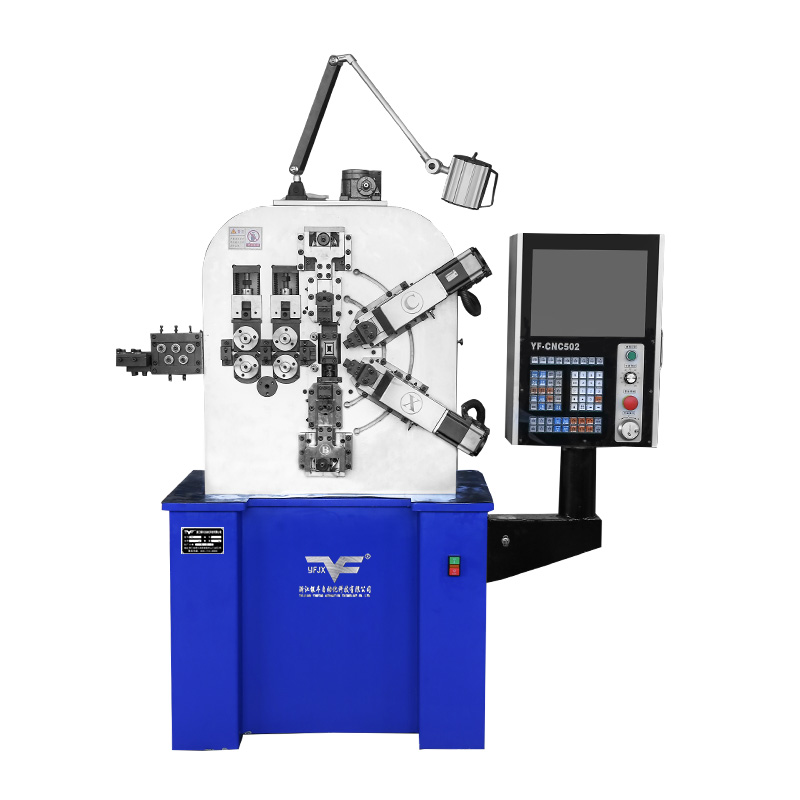Camless Spring Machine Usage Expands Across Automotive, Electronics, and Appliance Sectors
Industry News-The manufacturing landscape is witnessing a notable shift in the technologies adopted for component production. Among these, the Camless Spring Machine is establishing a significant presence across a range of industrial sectors. Its method of operation, which replaces traditional mechanical cams with digitally controlled servo axes, provides a combination of flexibility and consistency that meets the evolving demands of modern production lines. This movement is particularly visible in the automotive, electronics, and appliance industries, where the requirements for precision and the ability to accommodate frequent design changes are continually advancing.
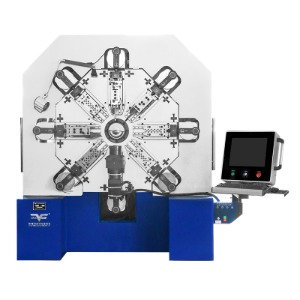
Meeting Stringent Demands in Automotive Manufacturing
In the automotive sector, the production of components involves a focus on durability and exacting specifications. Camless Spring Machine technology is applied in the creation of various spring and wire forms found within engines, transmissions, and safety systems. The technology allows for precise control over the forming process, which contributes to the reliable performance of these components. Furthermore, as vehicle designs evolve to include more electronic features, the need for specialized, complex springs increases. The adaptability of these machines supports manufacturers in transitioning between different product lines without the need for extensive mechanical retooling, facilitating a more responsive production environment.
Enabling Precision in the Electronics Industry
The electronics industry presents a distinct set of challenges, centered on miniaturization and delicate component handling. Here, the Camless Spring Machine demonstrates its capability in producing small-scale springs and intricate wire forms used in connectors, mobile devices, and various electronic assemblies. The digital nature of the process allows for subtle adjustments in the programming to achieve the specific tolerances required for these applications. This capability to work with fine materials and produce complex geometries without physical cam changes makes it a suitable tool for electronics manufacturers aiming to innovate and refine their products.
Supporting High-Volume Variety in Appliance Production
The home appliance industry, producing items from refrigerators to washing machines, requires a vast array of springs and wire forms. These components often have specific functional and aesthetic roles. The Camless Spring Machine addresses the need for both volume and variety in this sector. Production lines can switch between different spring designs for various appliance models through software commands. This operational flexibility helps in managing inventory and responding to shifts in market demand for different appliance features and designs, contributing to a more efficient manufacturing process.
Advantages for Multi-Industry Use
A single Camless Spring Machine can handle a range of wire materials and thicknesses, enabling manufacturers to supply multiple industries with one platform. Reduced setup time, improved precision, and easy parameter control help maintain consistent output. As various sectors continue to integrate digital control and modular equipment, camless machines are becoming a standard choice in flexible production systems.
The expansion of camless technology into automotive, electronics, and appliance manufacturing shows a clear move toward adaptable and precise spring forming. With continued innovation in servo control and software design, these machines are helping different industries achieve higher production stability and design freedom.
The expanding use of Camless Spring Machine technology across these diverse sectors highlights a broader industrial trend towards digital manufacturing solutions. The core attributes of this technology—programmable flexibility, consistent output, and reduced physical setup—align with the needs of industries navigating a landscape of product customization and rapid development cycles. As these sectors continue to advance, the role of such adaptable manufacturing systems is likely to become further integrated into standard production practices.

 English
English русский
русский Español
Español 简体中文
简体中文